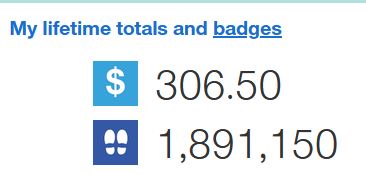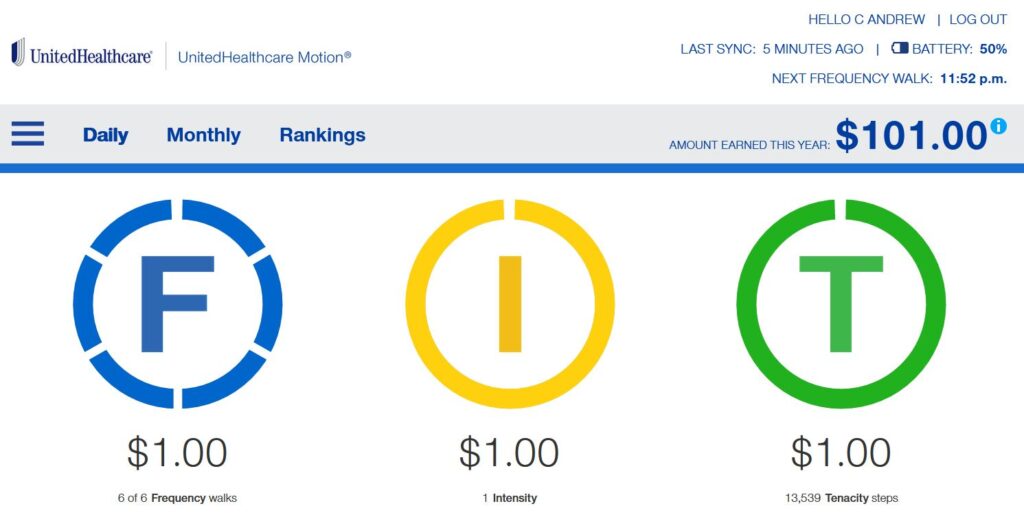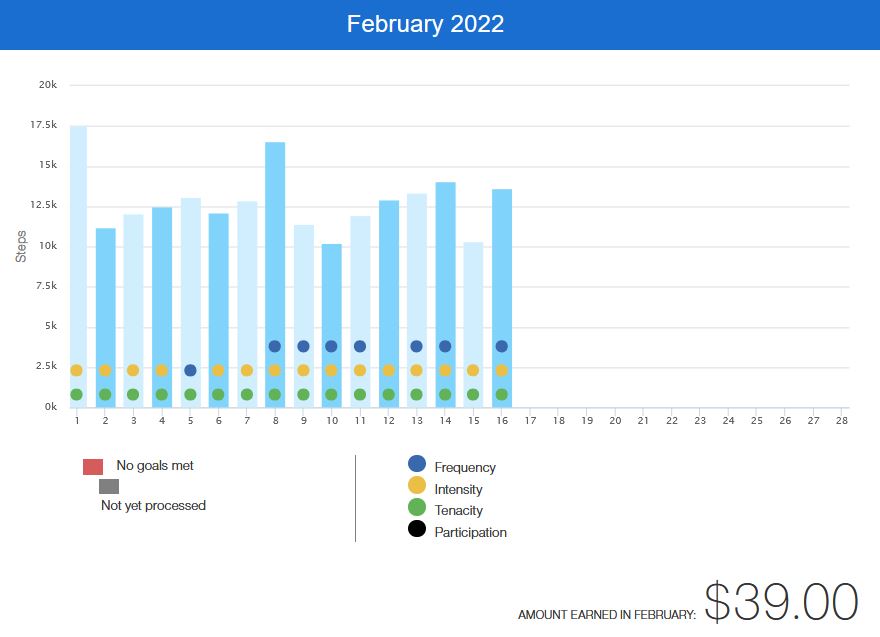Pay-for-Performance Systems have been used for many years throughout Manufacturing and plenty of other business endeavors… but do they actually help?
Enticing workers to perform better by providing direct financial incentives for their output is a widespread strategy for improvement. It all starts with the question: What would you do for a dollar?
It’s a classic question and is rarely limited to a single dollar; it is often as the heart of a bunch of human motivation experiments, including the Pay-for-Performance method. Maintaining quality products when focusing on output can be difficult, as can combining both Individual & Team performance into a meaningful incentive program. Unfortunately for system developers, humans all have their own relationships with money and how it might drive behavior. At the same time, there is typically a strong desire for the system to be “fair,” which means it should apply the same to everyone.
The Pay-for-Performance Experiment
It’s very difficult to experiment without putting actual money on the line, because answers to hypothetical situations may not fall in line with actual behavior that would be experienced if the situation was real. For most manufacturing cases, it’s also important to understand how motivation might adjust over time if it is part of a regular daily system.
Ideally, it would create the inspiration to do the best work with the compensation reflecting on the contribution from both an individual and team perspective. While at Bowden, we aren’t currently using a Pay-for-Performance model on our shop floor, we recently have been afforded the opportunity to participate in a similar such “experiment” through our healthcare insurance company and its outcomes may have a few lessons for us in the Pay-for-Performance landscape.
So, what would you do for a dollar? Would you walk 10,000 steps today?

That’s one of the questions that our new health insurance plan is now asking us each day. Through the UnitedHealthcare Motion program, Bowden Teammates have the opportunity to “earn” up to $3 per day based on how many steps they take. That’s the potential for $1,095 if the criteria is met for every day in a year….starts to sound like real money!
Program Details
There are three ways to reach a Daily Goal – Frequency, Intensity and Tenacity. Each one is worth a dollar per day.
- Tenacity ($1) – 10,000 steps in one day.
- Frequency ($1) – Get 300 steps in 5 minutes; six times per day, at least one hour apart.
- Intensity ($1) – 3,000 steps in 30 minutes or 30 minutes performing other eligible activities.
From an exercise standpoint, the Frequency Goal is clearly the easiest one, as it’s not even a very brisk walk for 5 minutes, six times per day.
The Intensity Goal is a bit more challenging, as it certainly requires a specific plan for a more intense period of walking or working out within a half hour time slot.
Finally, the Tenacity Goal is the standard Fitbit goal of 10K steps that’s been around for many years.
Overall, it’s a fascinating system designed to promote fitness activity for UnitedHealthcare clients and a remarkable study in a Pay-for-Performance system. Now, let’s look at three things to consider if we’d like to apply this to a Manufacturing environment…
Pay-for-Performance and Manufacturing: 3 Considerations
- Specific, Visual Metrics

The UnitedHealthcare Motion program show the measures for each metric and provides obvious visual indications of progress at any time.
Cues for the Frequency Goal help to remind participants of the opportunity to start the next iteration and shows the counting of steps for each Goal at all times. An obvious visual scoreboard is an important part of any Pay-for-Performance system. In a Manufacturing environment, having a similar continuous scoreboard is difficult, but keeping the measurement simple, direct and as timely as possible can provide the appropriate feedback to keep momentum going.
2. Direct Correlation with Dollars Earned

Each of the three Goals in the UnitedHealthcare Motion program yield $1 per day. It’s simple and very clear when each Goal is reached. Complicated formulas don’t provide the clarity needed for Pay-for-Performance systems.
A common mistake is building a system that takes too many variables into account, clouding the connection between specific behaviors.
A simple system might not include all the performance factors, but it’s more likely to drive behavior so selection of the criteria is very important.
3. Visual Evidence of a “Streak”

Lastly, a key part of the UnitedHealthcare Motion program is the visual evidence of consistency and accumulated results. Maintaining a “streak” can be an important motivator for human behavior. The Motion app shows both the current streak and the accumulated dollars the year and the lifetime total for the user.
In an often-overlooked aspect of Pay-for-Performance systems, “streaks” and the accumulation of consistent behavior is an important opportunity. Even if the daily dollars are low, the streak and the long-term accumulation of results can be a big motivator.
Final Thoughts on Pay-for-Performance Systems
As we continue to experiment with the UnitedHealthcare Motion system, it will be interesting to see what other lessons we can learn. At the very least, we’ll earn some money and get more consistent in our fitness activities!
